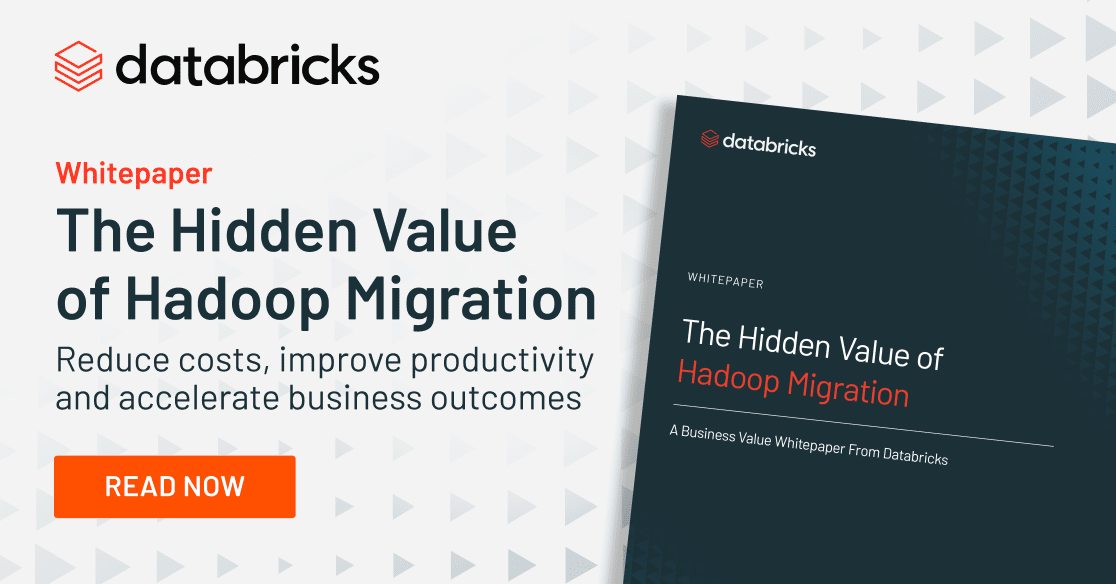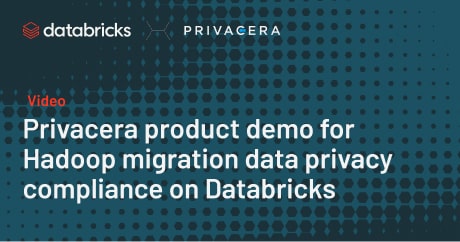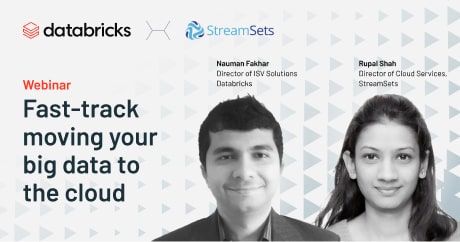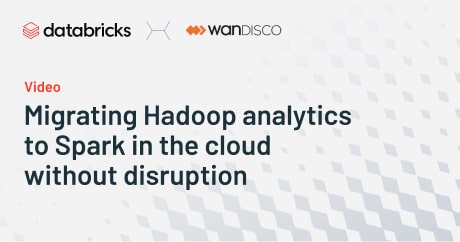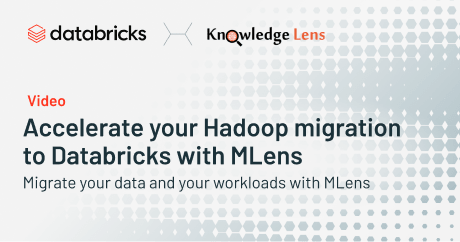Migrating to Databricks helps accelerate innovation, enhance productivity and manage costs better with faster, more efficient infrastructure and DevOps
Discover the benefits of migrating from Hadoop to the Databricks Lakehouse Platform — one open, simple platform to store and manage all your data for all your analytics workloads.
While reducing infrastructure and licensing costs is one major advantage, the Databricks Lakehouse Platform takes a lake-first approach to increase the speed and scale to handle all your production analytics and AI use cases — helping you meet your SLAs, streamline operations and improve productivity.
Why Migrate with Databricks?
Forrester TEI Study finds 417% ROI for companies switching to Databricks.
47%
Cost-savings from retiring
legacy infrastructure
Retire legacy infrastructure and adopt an open and elastic cloud-native service that doesn’t require excess capacity or hardware upgrades.
5%
Increase in revenue with
Data-driven innovation
Use all enterprise data to build new data products and increase operational efficiencies with powerful artificial intelligence and machine learning capabilities.
25%
Increase in data team
productivity
Minimize the DevOps burden with a fully-managed, performant and reliable data and analytics platform.
Cloud-based
Build an open, simple and collaborative lakehouse architecture with Databricks
Cost-effective scale and performance in the cloud
Lakehouse
Build an open, simple and collaborative lakehouse architecture with Databricks
Databricks Lakehouse Platform
Simple
Unify your data, analytics, and AI on one common platform for all data use cases
Open
Unify your data ecosystem with open source, standards, and formats
Collaborative
Unify your data teams to collaborate across the entire data and AI workflow
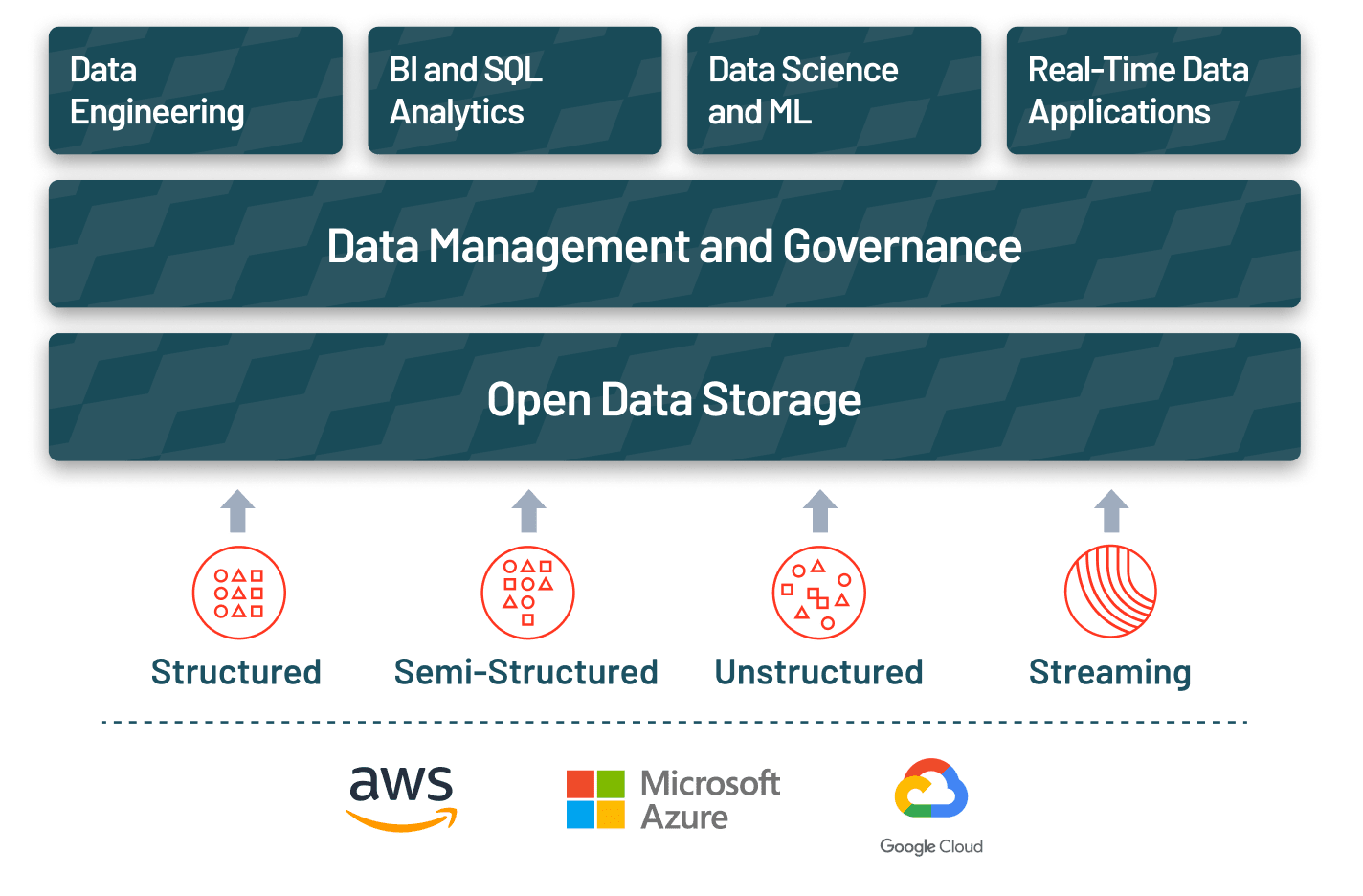
Technology mapping Hadoop to Databricks


(Spark)
(Highly tuned Spark engine: faster, less
compute, one-stop-shop)
(Hive, Impala)
(Highly tuned Spark engine: faster, less
compute, one-stop-shop)
(Storm/Spark)
(Spark Structured Streaming + Delta Lake:
Streaming + Batch ingest)
(MapReduce)
(orders of magnitude faster – but may need
manual work)
(Hbase)
w/Hbase on cloud
(Alternatively: use cloud data stores well
integrated with Databricks)
Partner ecosystem
Featured partners
Ready to get started?
Resources
Blogs & Whitepapers
- It’s Time to Re-evaluate Your Relationship With Hadoop
- Hadoop to Databricks Technical Migration Guide
- Top Considerations When Migrating Off of Hadoop
- 5 Key Steps to Successfully Migrating from Hadoop to the Lakehouse Architecture
- Why Scribd Chose Delta Lake
- Forrester TEI Spotlight – Databricks Lakehouse Platform
